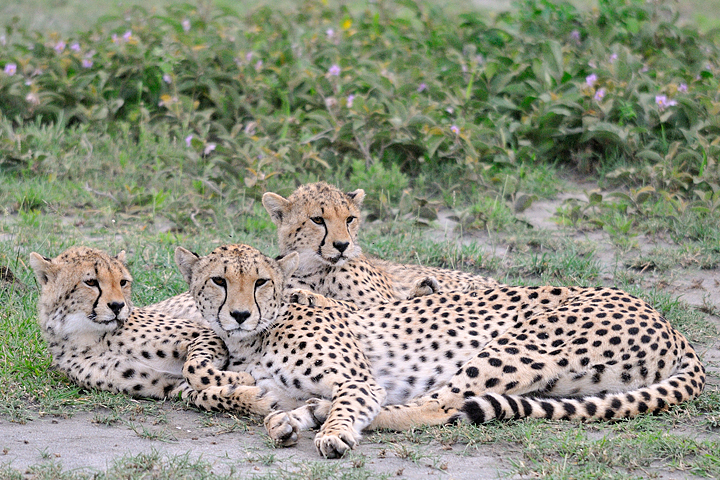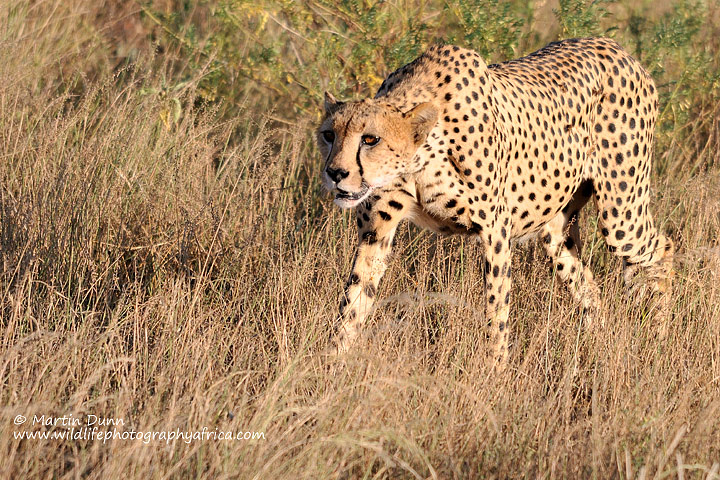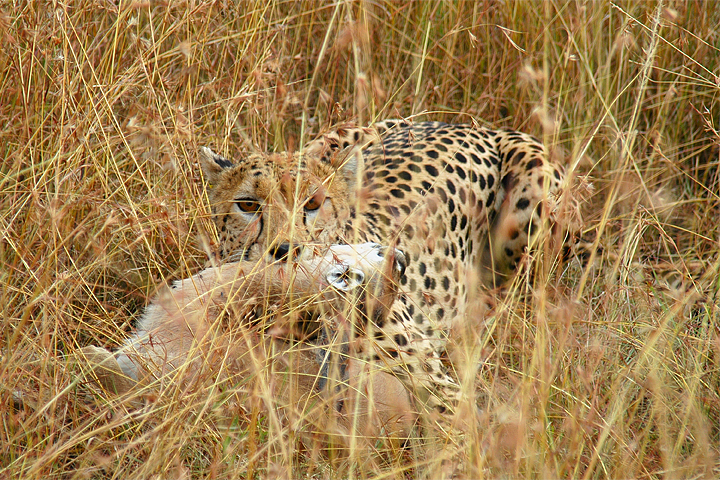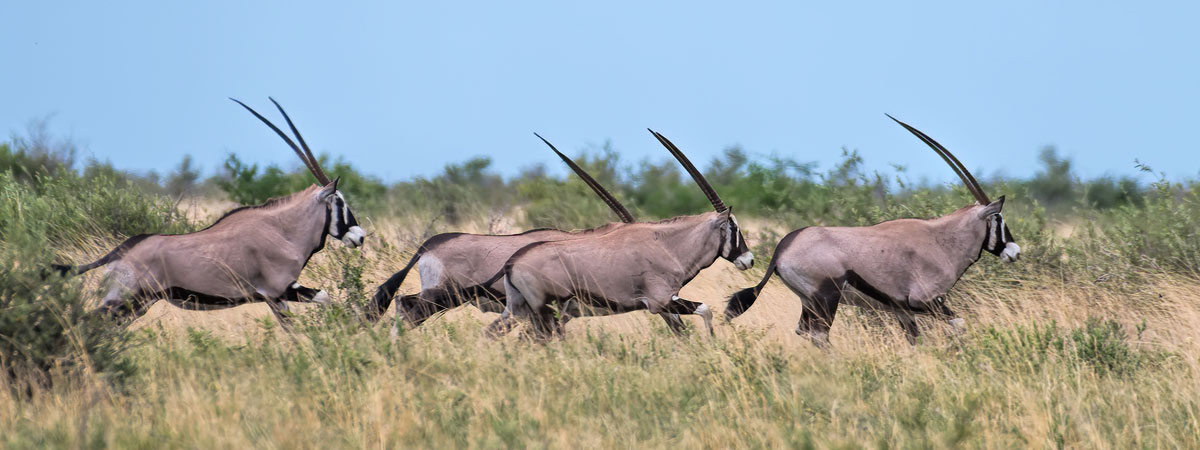The world’s fastest land animal, the sleek and long-legged cheetah,Acinonyx Jubatus, is losing its race for survival. Once a common animal found on five continents, the cheetah is now an Endangered Species.

Loss of habitat, conflict with humans, as well as its own loss of genetic variation, are the main threats facing the cheetah today.
The cheetah needs large expanses of land to survive, but with changes in land use and habitat pressures, such as bush encroachment, this area is becoming smaller and smaller. Unfortunately, captive breeding efforts have not proven meaningful to the cheetah’s hopes of survival.
Cheetahs can reach speeds of over 70 mph, but are extremely clumsy fighters. The result is that although the cheetahs are the best hunters in Africa, they lose much of their prey to the more aggressive predators, such as lions and hyenas, who chase them away and steal their food.

The cheetah is aerodynamically built for speed and can accelerate from zero to 40 mph in three strides and to full speed of 70 mph in seconds. As the cheetah runs, only one foot at a time touches the ground. There are two points, in its 20 to 25 foot (7-8 metres) stride when no feet touch the ground, as they are fully extended and then totally doubled up. Nearing full speed, the cheetah is running at about 3 strides per second. The cheetah’s respiratory rate climbs from 60 to 150 breaths per minute during a high-speed chase and can run only 400 to 600 yards before it is exhausted; at this time it is extremely vulnerable to other predators, which may not only steal its prey, but attack it as well.

CLICK HERE to learn more about this fabulous animal from the Cheetah Conservation Fund website

